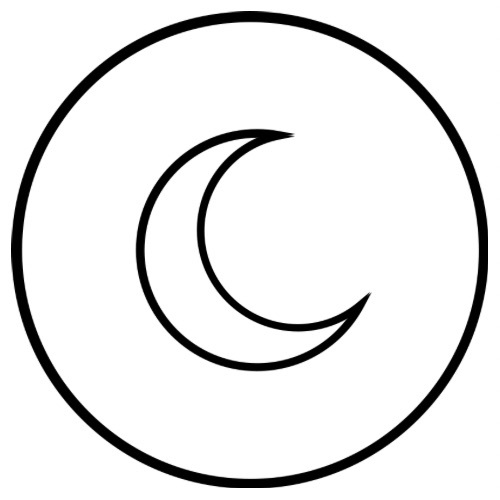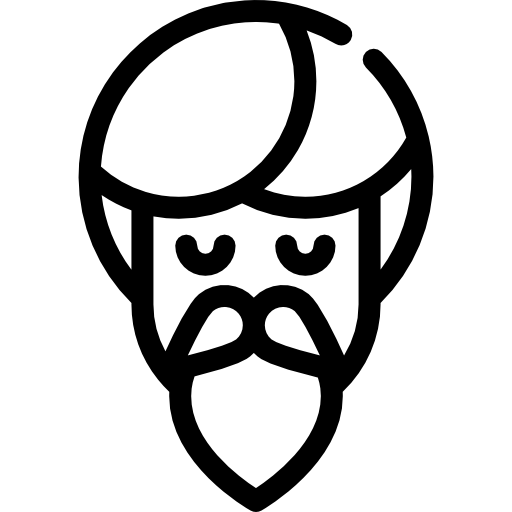
YOGASVARUPE
Origin of tantra
Tantra's teachings flourished and got associated with the people to use these understandings for the betterment of life.
Tantra’s origins are still discussed. scholars believe that it began in the Indus Valley civilization in Pakistan and northwestern India between 3,000 and 5,000 years ago, when the earliest yoga texts, the Vedas, were written. But Tantra did not come into common practice until the fourth century after Patanjali’s classical yoga flourished. Maharishi sage Patanjali brought the teachings of Veda together where he talks about non-dualism and considering Ishvara as supreme.
Tantra's teachings flourished and got associated with the people to use these understandings for the betterment of life. In the time of Patanjali where other philosophies like Buddhism and Jainism were also flourishing tantra also started but the practices were still not accepted by many. Every other philosophical was emplacing on their teachings and promoting all over the country. whereas tantric practices were still kept secret only to those who want to seek a path.
Tantra's teachings flourished and got associated with the people to use these understandings for the betterment of life. In the time of Patanjali where other philosophies like Buddhism and Jainism were also flourishing tantra also started but the practices were still not accepted by many. Every other philosophical was emplacing on their teachings and promoting all over the country. whereas tantric practices were still kept secret only to those who want to seek a path.

It made it easier for household people to relate to tantric rituals, ceremonies, and practices where tantra gives the picture of everything as divinity, there is no suffering and no illusion. One common philosophical thread runs through the tantra lineages, schools, and streams: The belief that everything is divine. Tantra believes that there is no particle of reality that isn’t capable of revealing ecstasy and that everything that exists is full of light and awareness.
This idea is radically different from those of the other two schools of Indian philosophy that you might hear about in yoga class: Patanjali‘s classical yoga (also known as ashtanga yoga, or the eight limbs of yoga), and Advaita Vedanta. the divine, spiritual realm was separate from the everyday world. Vedantists, like Tantrikas, are nondualist, but they perceive the world as an illusion.
This idea is radically different from those of the other two schools of Indian philosophy that you might hear about in yoga class: Patanjali‘s classical yoga (also known as ashtanga yoga, or the eight limbs of yoga), and Advaita Vedanta. the divine, spiritual realm was separate from the everyday world. Vedantists, like Tantrikas, are nondualist, but they perceive the world as an illusion.
Analogy of sunset
- A classicalist might quiet the mind and withdraw his senses to gain freedom from the material world and access the spiritual. (yoga)
- A Vedantist regards the sunset as being part of the spiritual world but believes that seeing it as sunset is an illusion. (Vedanta)
- A Tantrikas recognizes the sunset for what it is in the regular world but sees it as part of the divine whole. What’s more, she fully delights in the experience while it lasts. “You appreciate the beauty of the light and the gorgeous colors,” Friend says. “It’s a practice of deepening sensitivity.” (tantra)

Tantra took birth because there was a need for people. They wanted to have a path which talks different than other philosophies, it was a period of spiritual decline, also known as Kali Yuga, or the Dark Age, that is still in progress today.
According to this theory, powerful measures were needed to counteract the many obstacles to spiritual liberation, such as greed, dishonesty, physical and emotional illness, attachment to worldly things, and complacency. Tantra’s comprehensive array of practices, which include asana and Pranayama as well as mantra (chanting), pujas (deity worship), kriyas (cleansing practices), mudras (seals), and mandalas and yantras (circular or geometric patterns used to develop concentration), offered just that.
According to this theory, powerful measures were needed to counteract the many obstacles to spiritual liberation, such as greed, dishonesty, physical and emotional illness, attachment to worldly things, and complacency. Tantra’s comprehensive array of practices, which include asana and Pranayama as well as mantra (chanting), pujas (deity worship), kriyas (cleansing practices), mudras (seals), and mandalas and yantras (circular or geometric patterns used to develop concentration), offered just that.
Tantra is so broad that it cannot be classified into something one philosophy, teaching, or path. several traditions and schools accepting various techniques, rituals, ceremonies and make it so unique in its form and has something for everybody.

Etymology
The word appears in the hymns of the Rigveda such as in 10.71, with the meaning of "warp (weaving)" just like the sutra (thread weave together). the whole universe is connected and every aspect of it is divine. If a sutra is a single thread of thinking, tantra is the whole system of thought.
Word tantra appears in many various scriptures and from time to time, the understanding of how it is being used was very different. the usage of tantric understanding kept on changing according to the need or desired result of what people are looking for. Sometimes it is also often understood as a vehicle or a medium to connect with a higher spiritual self.
Word tantra appears in many various scriptures and from time to time, the understanding of how it is being used was very different. the usage of tantric understanding kept on changing according to the need or desired result of what people are looking for. Sometimes it is also often understood as a vehicle or a medium to connect with a higher spiritual self.
Natha origin
In the Nāth Tradition, legend ascribes the origin of Tantra to Dattatreya, a semi-mythological yogi and the assumed author of the Jivanmukta Gita ("Song of the liberated soul"). Matsyendranath is credited with the authorship of the Kaulajñāna-nirnāya, a voluminous ninth-century tantra dealing with a host of mystical and magical subjects. This work occupies an important position in the Hindu tantric lineage and Tibetan Vajrayana Buddhism.
Tantra in Hinduism could be considered to be parallel to the Hindu Vedic tradition.
Tantra contains written records of the Agama, which comes in four main parts, as follows:
Tantra in Hinduism could be considered to be parallel to the Hindu Vedic tradition.
Tantra contains written records of the Agama, which comes in four main parts, as follows:
- Jnana or metaphysical knowledge
- Yoga or meditative practices
- Kriya or ritual practices
- Charya or ethical and religious principles of conduct
However, most staunch Hindu Vedic practitioners consider the Tantras to be anti-Vedic in character and hence, altogether shun both the cult and the practitioners of the same.
Today, Tantra exists in the
Today, Tantra exists in the
- Shakta,
- Shaiva,
- Vaishnava,
- Shaurya
- Ganapatya traditions.

A new path
In the nondualist belief system, there is no separation between the material world and the spiritual realm. Although as humans we perceive duality all around us—good and bad, male and female, hot and cold—these are illusions created by the ego when, in fact, all opposites are contained in the same universal consciousness.
For Tantrikas, that means that everything you do and all that you sense, ranging from pain to pleasure and anything in between, is a manifestation of the Divine and can be a means to bring you closer to your divinity. “In Tantra, the world is not something to escape from or overcome, but rather, even the mundane or seemingly negative events in day-to-day life are beautiful and auspicious.
Tantra is a systematic way of transforming and transmuting our dualistic tendencies, understanding that we are all part of the tapestry, trying to come to a sense of unity. Tantra doesn’t tell you not to fight or argue, it says, ‘Fight if you need to, argue if you need to. But do it within a context of understanding that we are all part of the same fabric.
For Tantrikas, that means that everything you do and all that you sense, ranging from pain to pleasure and anything in between, is a manifestation of the Divine and can be a means to bring you closer to your divinity. “In Tantra, the world is not something to escape from or overcome, but rather, even the mundane or seemingly negative events in day-to-day life are beautiful and auspicious.
Tantra is a systematic way of transforming and transmuting our dualistic tendencies, understanding that we are all part of the tapestry, trying to come to a sense of unity. Tantra doesn’t tell you not to fight or argue, it says, ‘Fight if you need to, argue if you need to. But do it within a context of understanding that we are all part of the same fabric.

Tantra provides us with the fabric on which everybody can lay their body and achieve a higher sense of meaning for life. All the experiences which one is having are true and are divine in their way. it gives the understanding we and the world and world beyond is all one part of all truth and reality.





